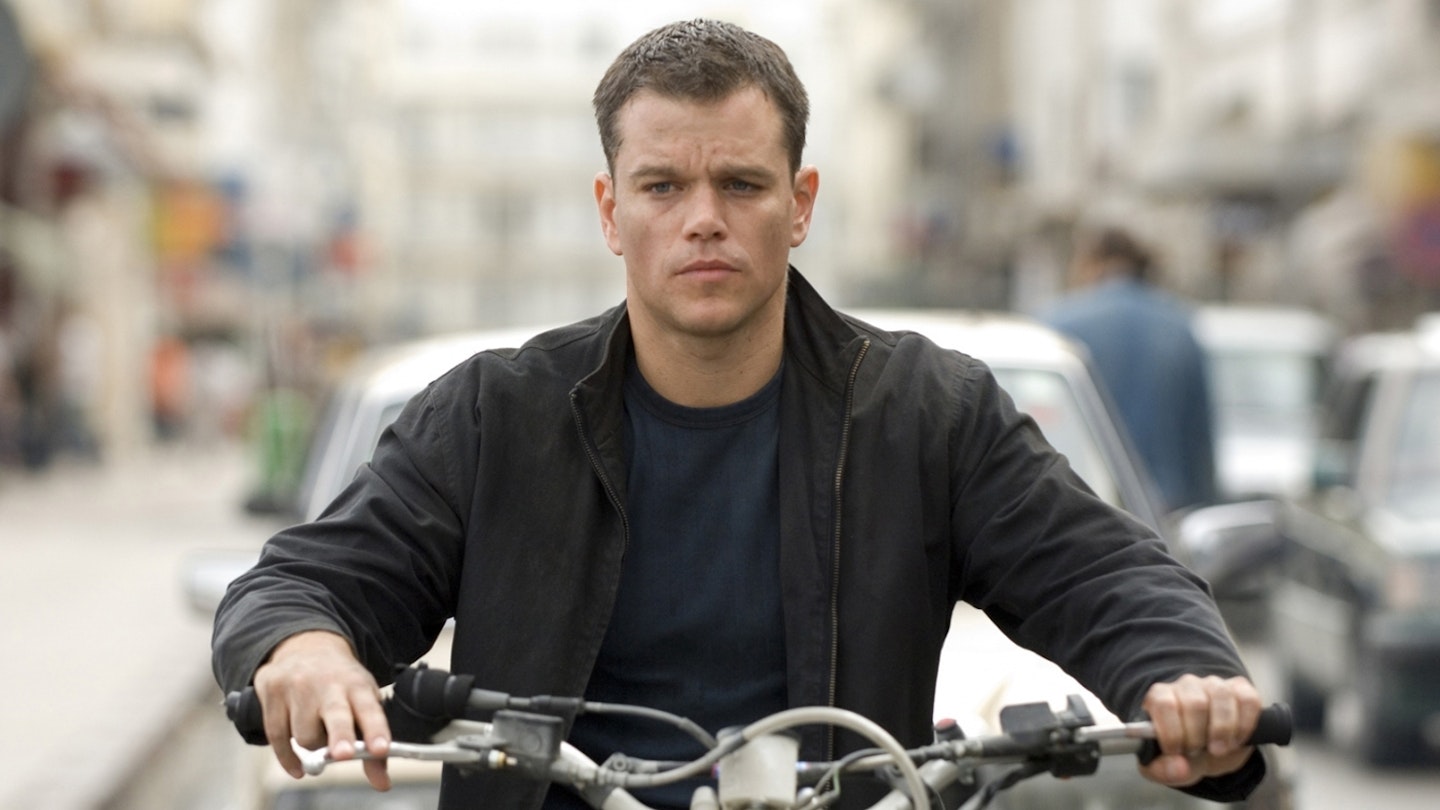For our 30th Anniversary Special Edition issue, we picked the 30 films from the last 30 years that have defined Empire’s lifetime, but some favourites didn’t quite make the cut. James Dyer argues the case for The Bourne Ultimatum.
Far be it from me to throw shade at the Coens but No Country For Old Men has no business squatting on the 2007 edition of our 30th anniversary cover. Which is not to denigrate the film – I love a coin-flipping sociopath as much as the next person – but 2007 was also the year of The Bourne Ultimatum and any list of seminal movies in Empire’s lifetime that doesn’t include Jason Bourne is no list at all.
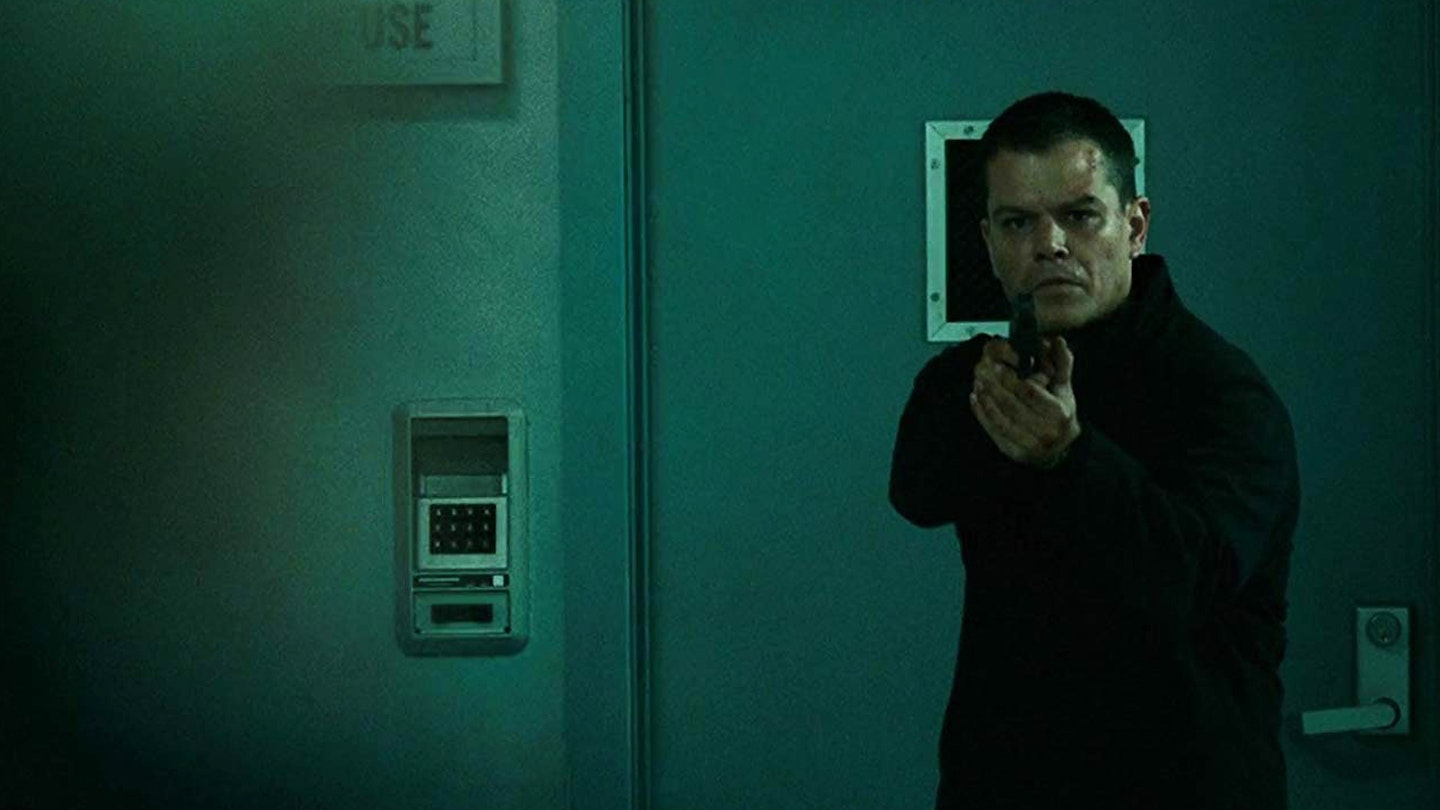
While Doug Liman knocked The Bourne Identity out of the park in 2002 — his dramatic bursts of kinetic violence making an instant action star out of Good Will Hunting’s baby-faced lead Matt Damon — it wasn’t until Paul Greengrass took over with 2004’s The Bourne Supremacy that the franchise came into its own. Bringing with him an eye for verisimilitude and a documentary aesthetic, he abandoned Liman’s wide, establishing shots for handheld, in-your-face close-ups, granting Ludlum’s amnesiac spy a hyper-caffeinated, frenetic energy that crackled across the screen.
Am I suggesting Supremacy for 2004, though? No. Not least of all because that would unseat Shaun Of The Dead (unconscionable) but more than that because, while Supremacy made for a delightfully chewy starter, Ultimatum arrived as a Sunday roast with all the trimmings. Having cut his teeth with the second film, Greengrass went to town with part three, cramming in two metal-warping car chases, a frantic rooftop parkour pursuit and a visceral, nauseating (some audience members actually vomited from motion sickness) fist fight in which Matt Damon beats the shit out of an assassin with a hardback book.
Rather than a high concept action odyssey, Ultimatum is one of introspection and self-discovery, the journey of a man exploring his own fractured psyche and forgotten past. Combined with Greengrass’ rapid cut, full-on shooting style, the result is a film that you don’t so much watch as feel; the emotional connection to every scene is incredibly powerful, made more so by the fact that the camera rarely allows enough distance to disconnect. The average shot length in The Bourne Ultimatum is two seconds. Two. In the fight with Desh, edits come so fast it’s almost impossible to follow the sequence of events with your conscious mind, leaving only an emotional impression of feral yet technical violence and your lizard brain working frantically in the background to fill in all the details.
Bourne's influence can be felt in everything from Taken to Nolan's Batman films.
In both style and substance, Bourne fundamentally altered the topography of action cinema — choppy chaos replacing objective clarity as the combat currency of choice. Bourne’s influence can be felt in everything from Taken to The Expendables, Nolan’s Batman films and even World War Z. Most tellingly, though, there would also be no James Bond as we currently know him. Daniel Craig’s 007 was a direct response to Jason Bourne and Martin Campbell’s soft reboot of the series with Casino Royale is taken straight from the Greengrass playbook. Sure, Bourne is also responsible for the fifteen-shot sequence of Liam Neeson climbing over a fence in Taken 3, but you can’t have everything.
The Coens succeeded in making an amoral masterpiece with impeccable craftsmanship and lathered in suffocating nihilism, but The Bourne Ultimatum is, for me, the release of 2007 — memorable, influential and a film that’s as primal in its brutality as it is thoughtful in its personal exploration. Also, heads or tails, Bourne would send Anton Chigurgh home in a box — and he’d only need a paperback to do it.
Read Empire's list of the 30 films that define the last 30 years.
READ MORE: The One That Got Away – Schindler’s List
READ MORE: The One That Got Away – Star Wars: The Force Awakens
READ MORE: The One That Got Away – True Romance
READ MORE: The One That Got Away – Children Of Men
Empire's 30th Anniversary Edition Covers
 1 of 30
1 of 30#1 – Batman (Tim Burton, 1989)
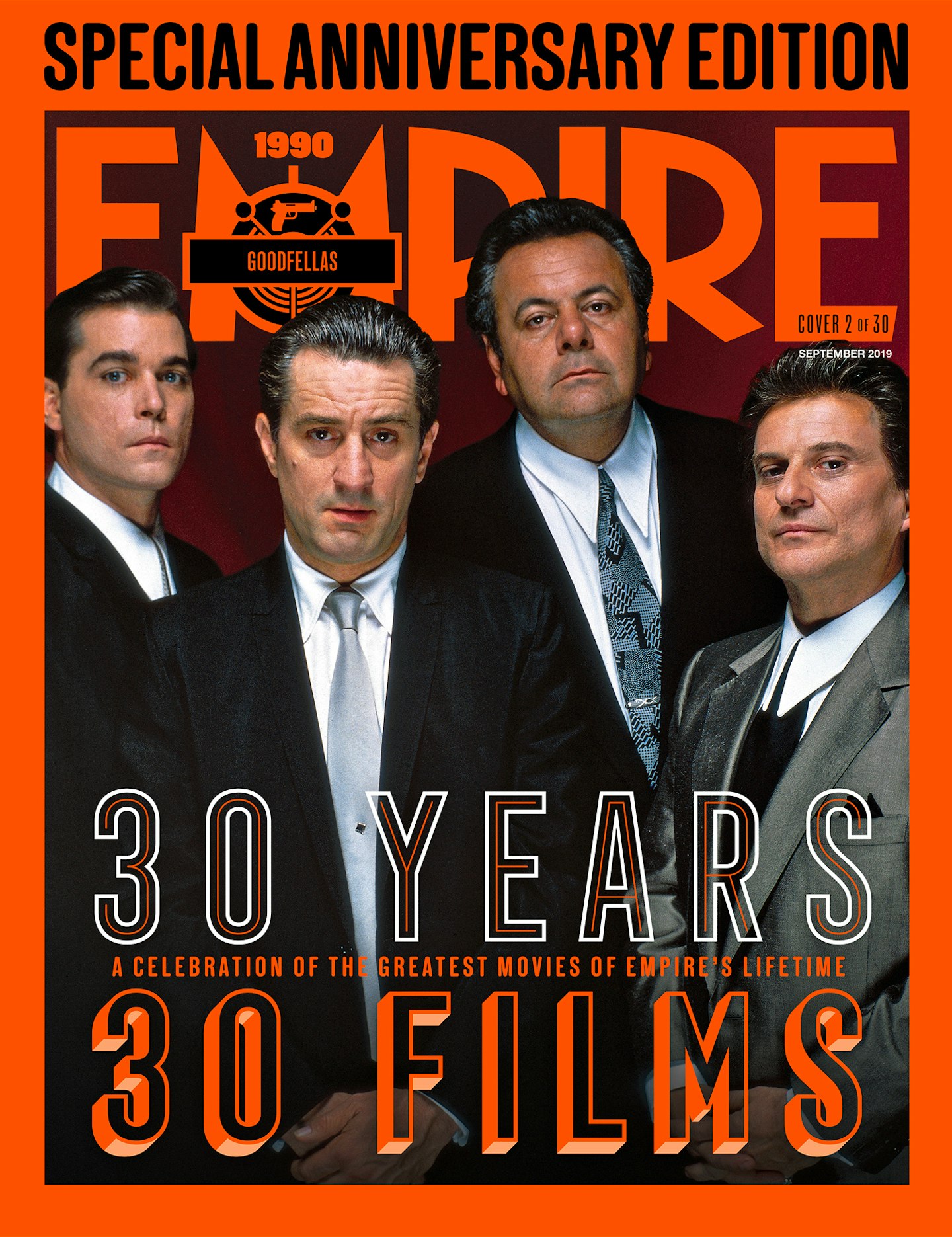 2 of 30
2 of 30#2 – Goodfellas (Martin Scorsese, 1990)
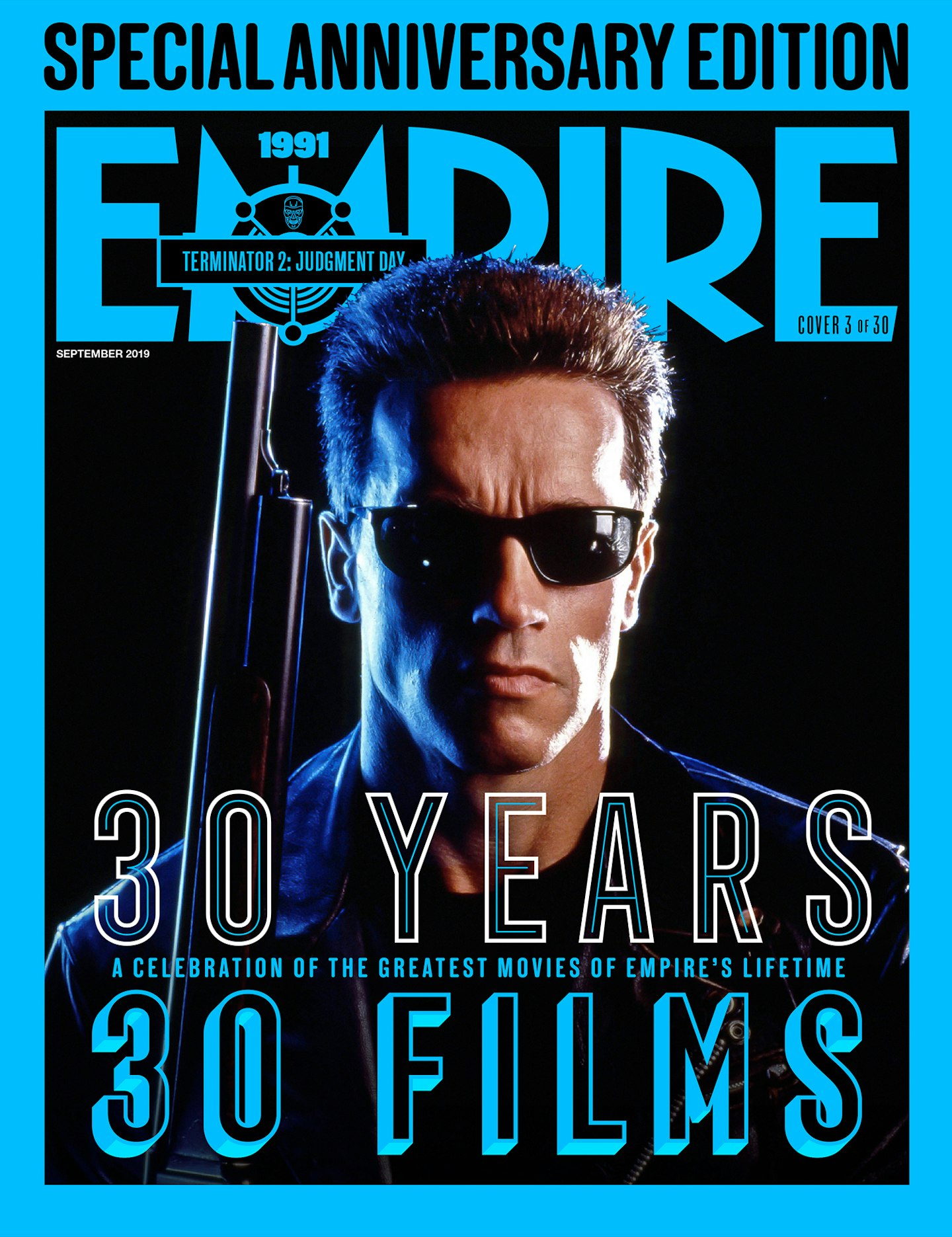 3 of 30
3 of 30#3 – Terminator 2: Judgment Day (James Cameron, 1991)
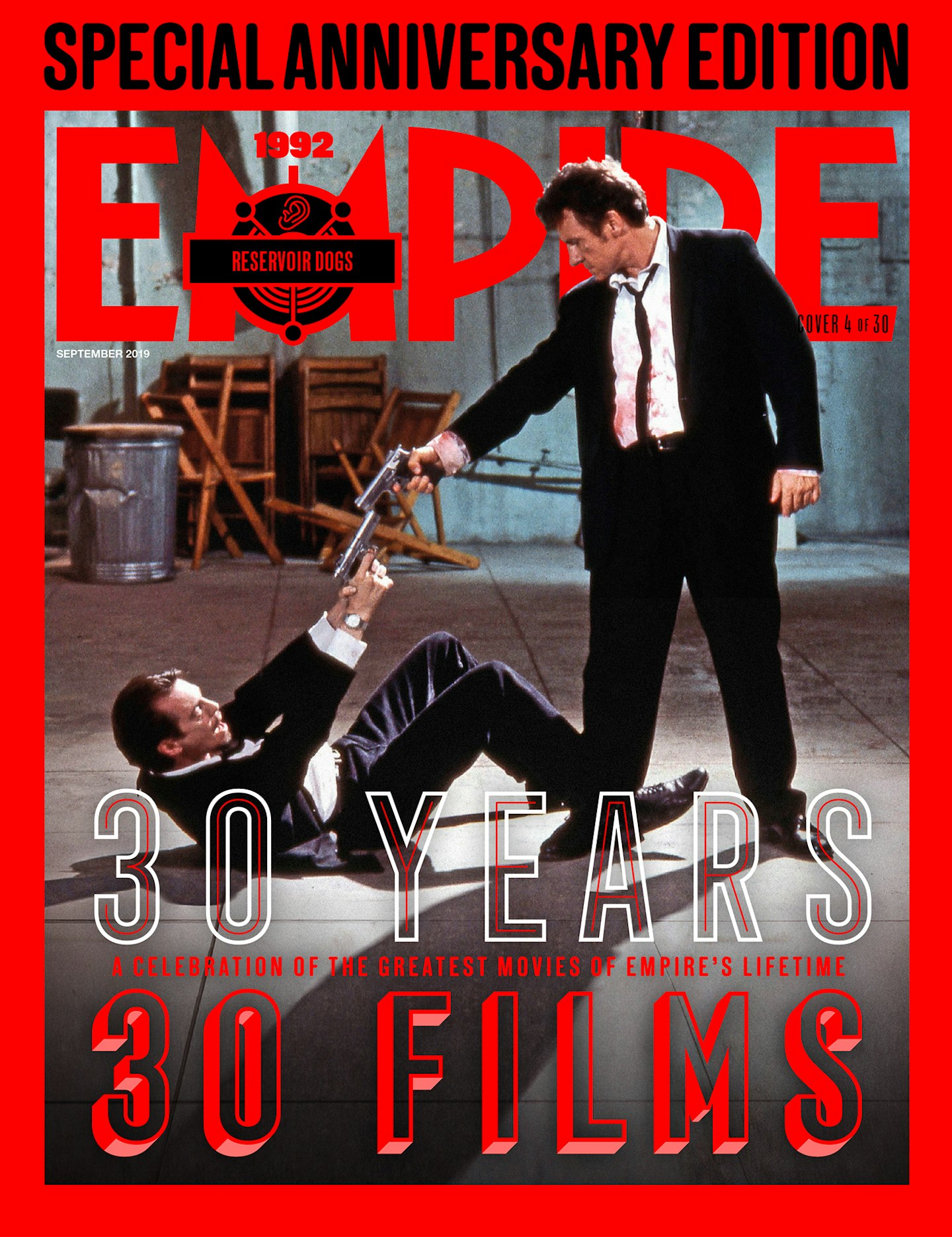 4 of 30
4 of 30#4 – Reservoir Dogs
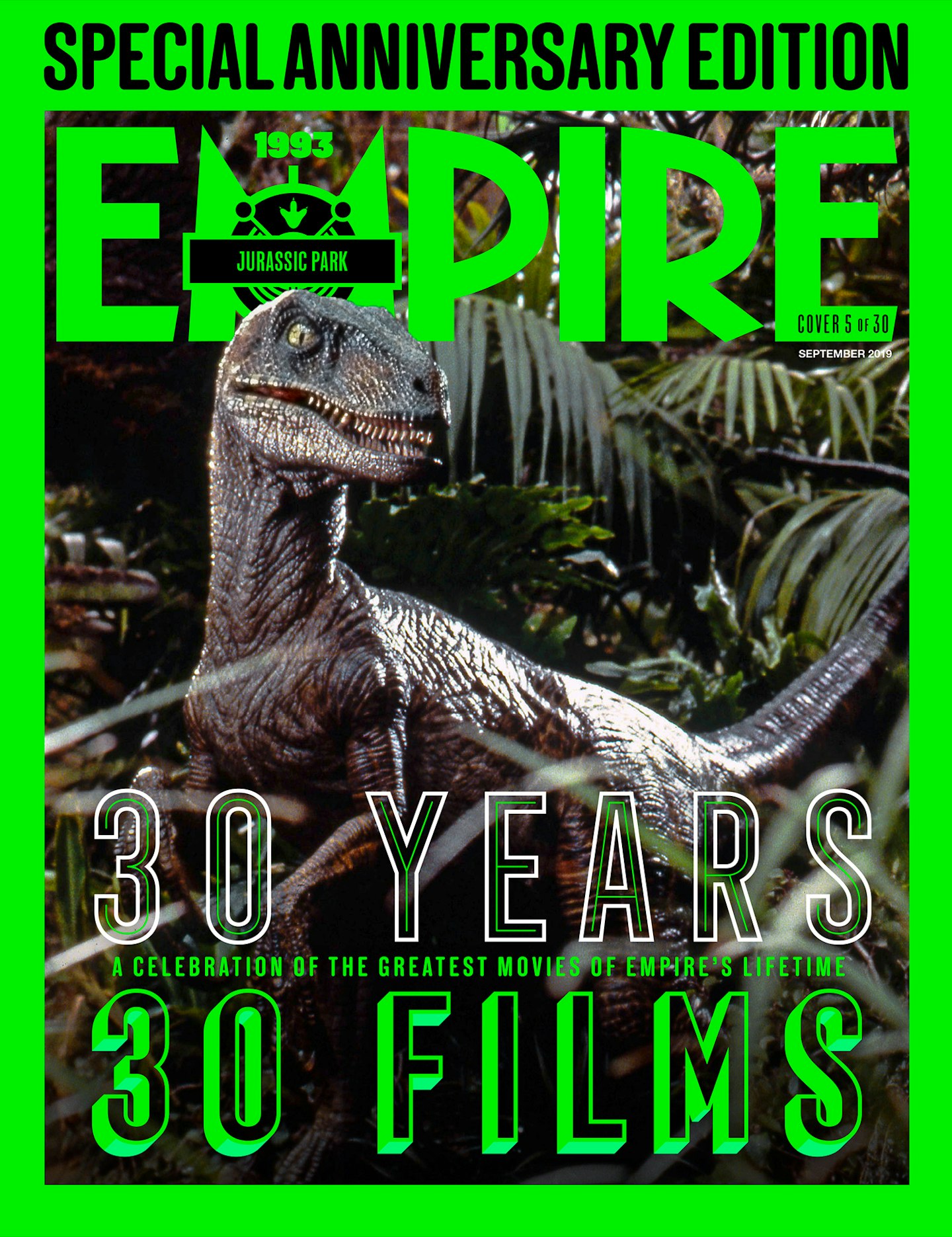 5 of 30
5 of 30#5 – Jurassic Park (Steven Spielberg, 1993)
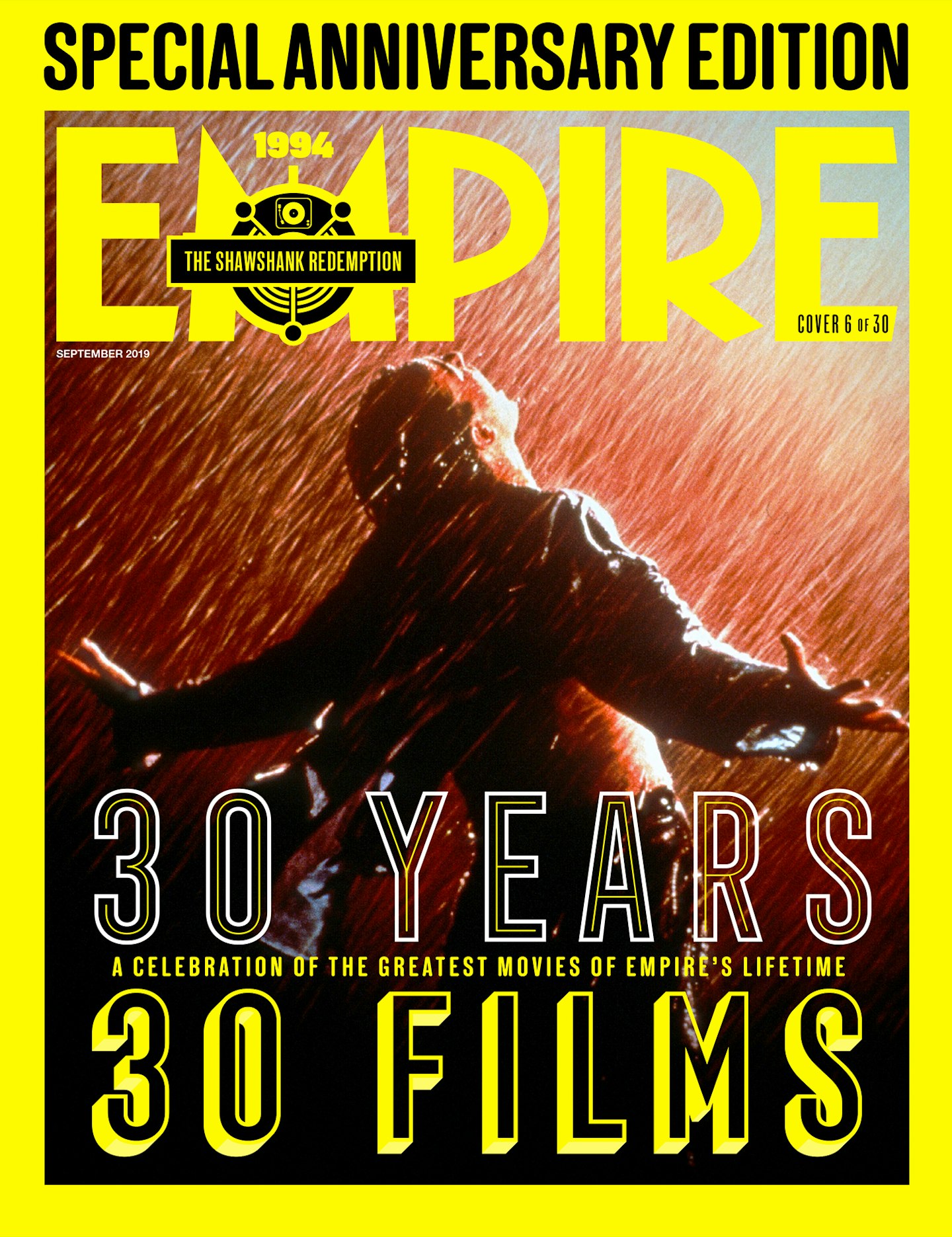 6 of 30
6 of 30#6 – The Shawshank Redemption (Frank Darabont, 1994)
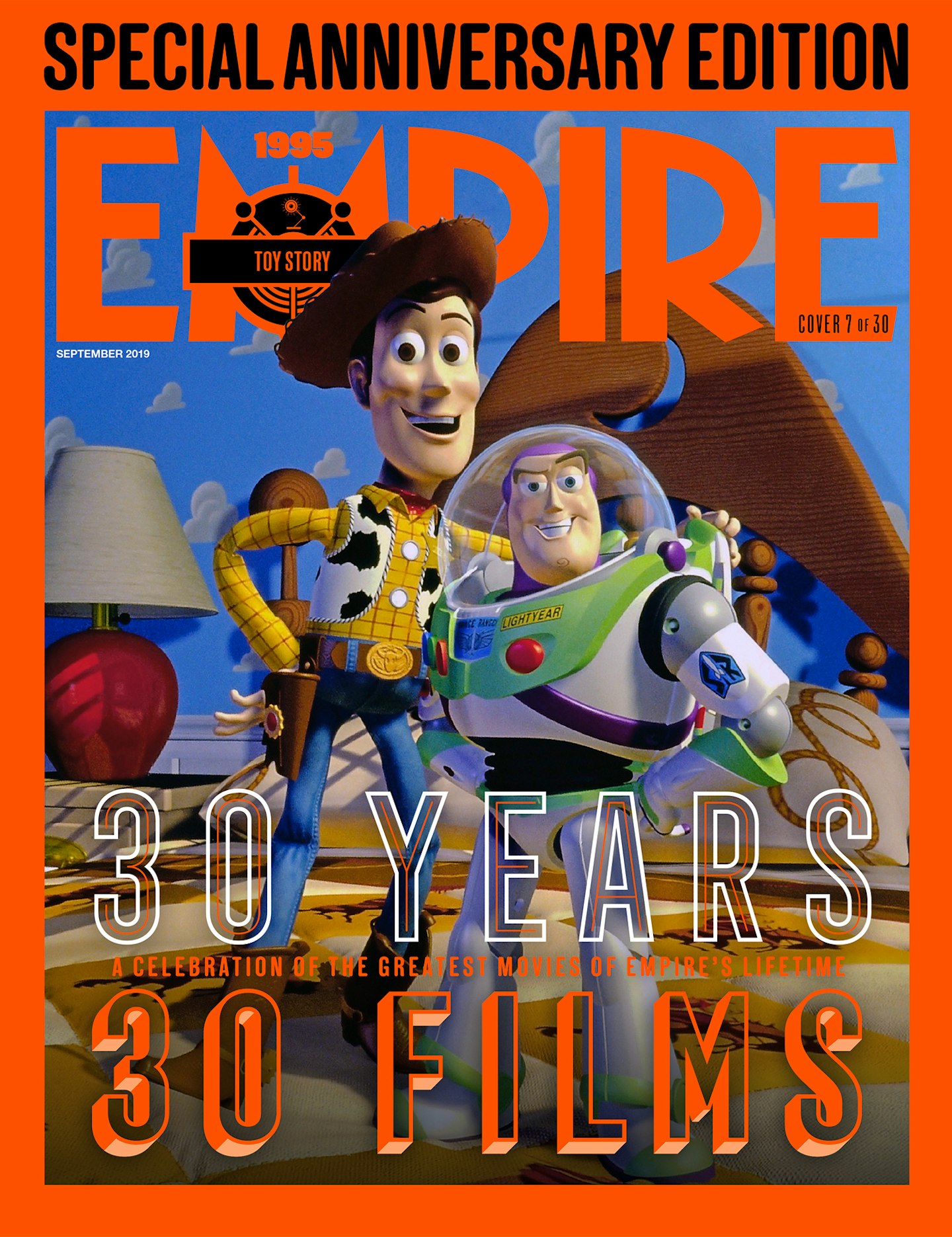 7 of 30
7 of 30#7 – Toy Story (John Lasseter, 1995)
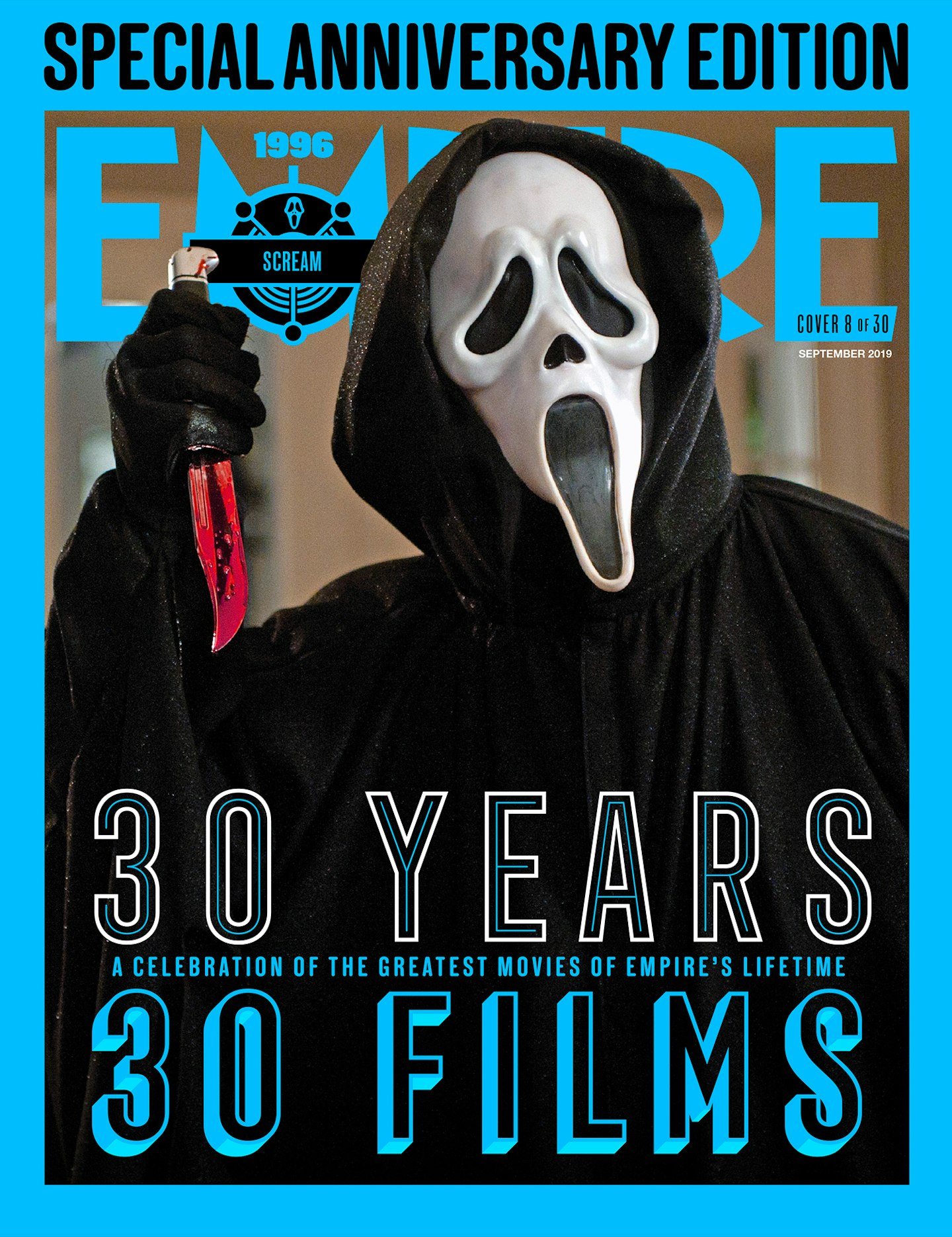 8 of 30
8 of 30#8 – Scream (Wes Craven, 1996)
 9 of 30
9 of 30#9 – Titanic (James Cameron, 1997)
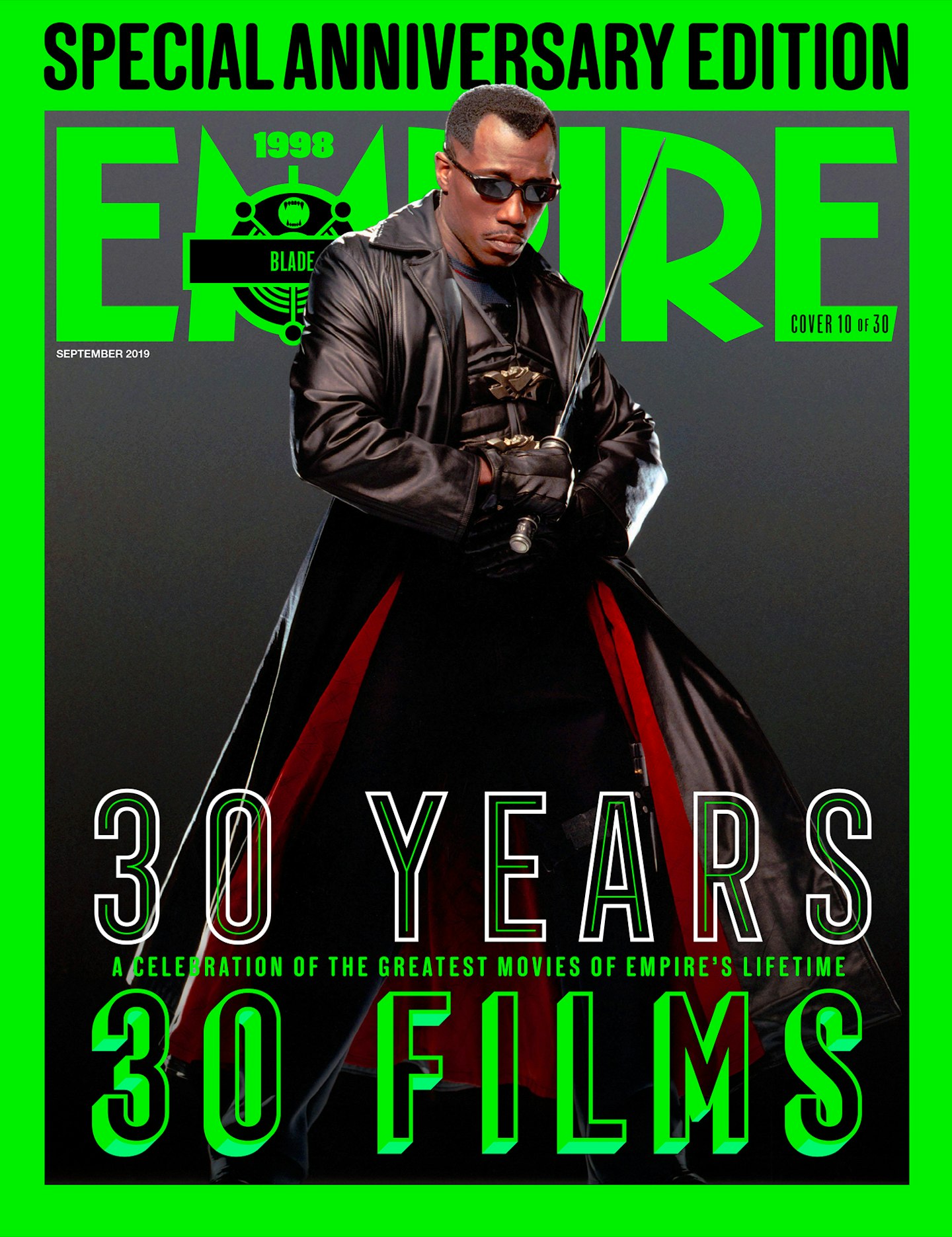 10 of 30
10 of 30#10 – Blade (Stephen Norrington, 1998)
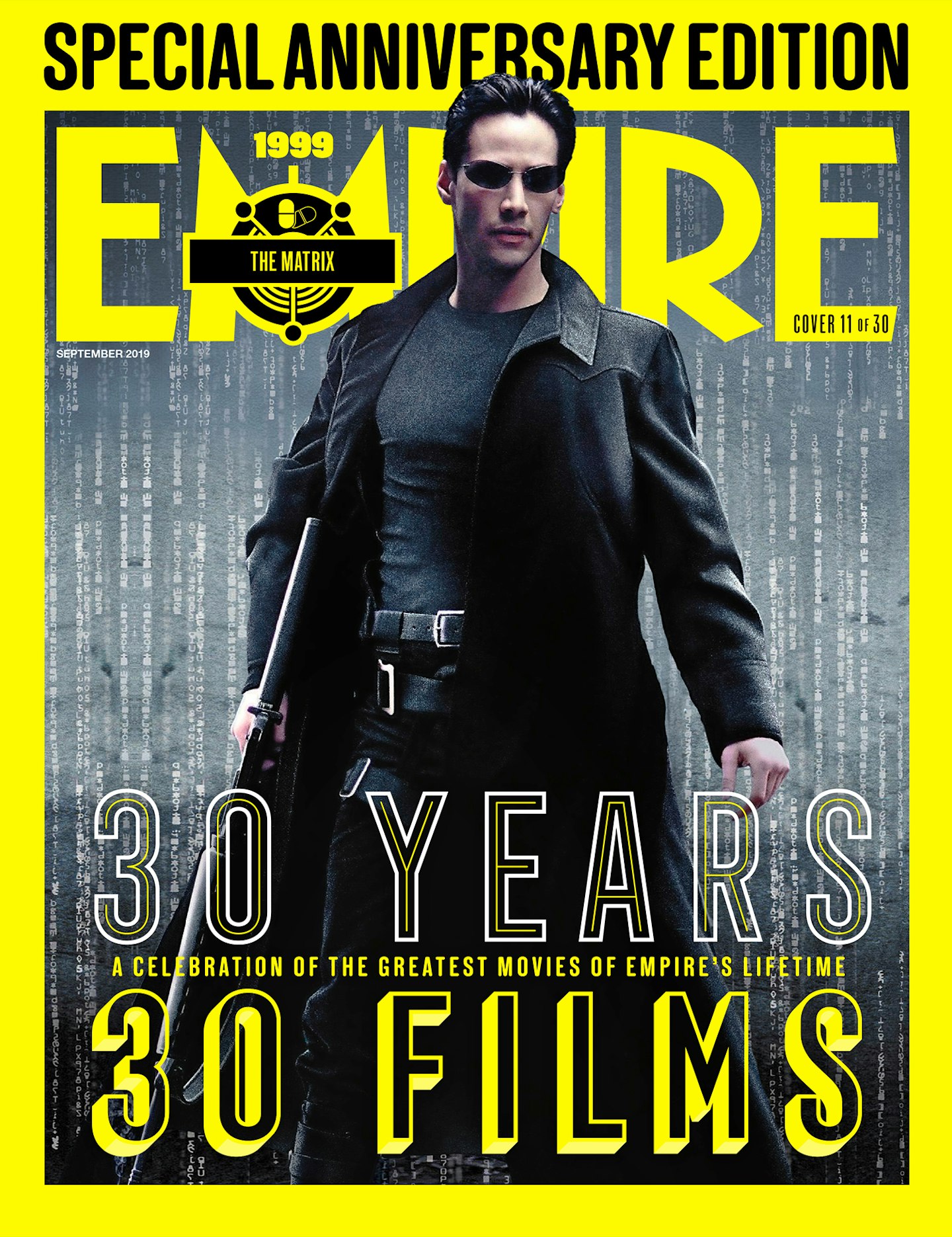 11 of 30
11 of 30#11 – The Matrix (The Wachowskis, 1999)
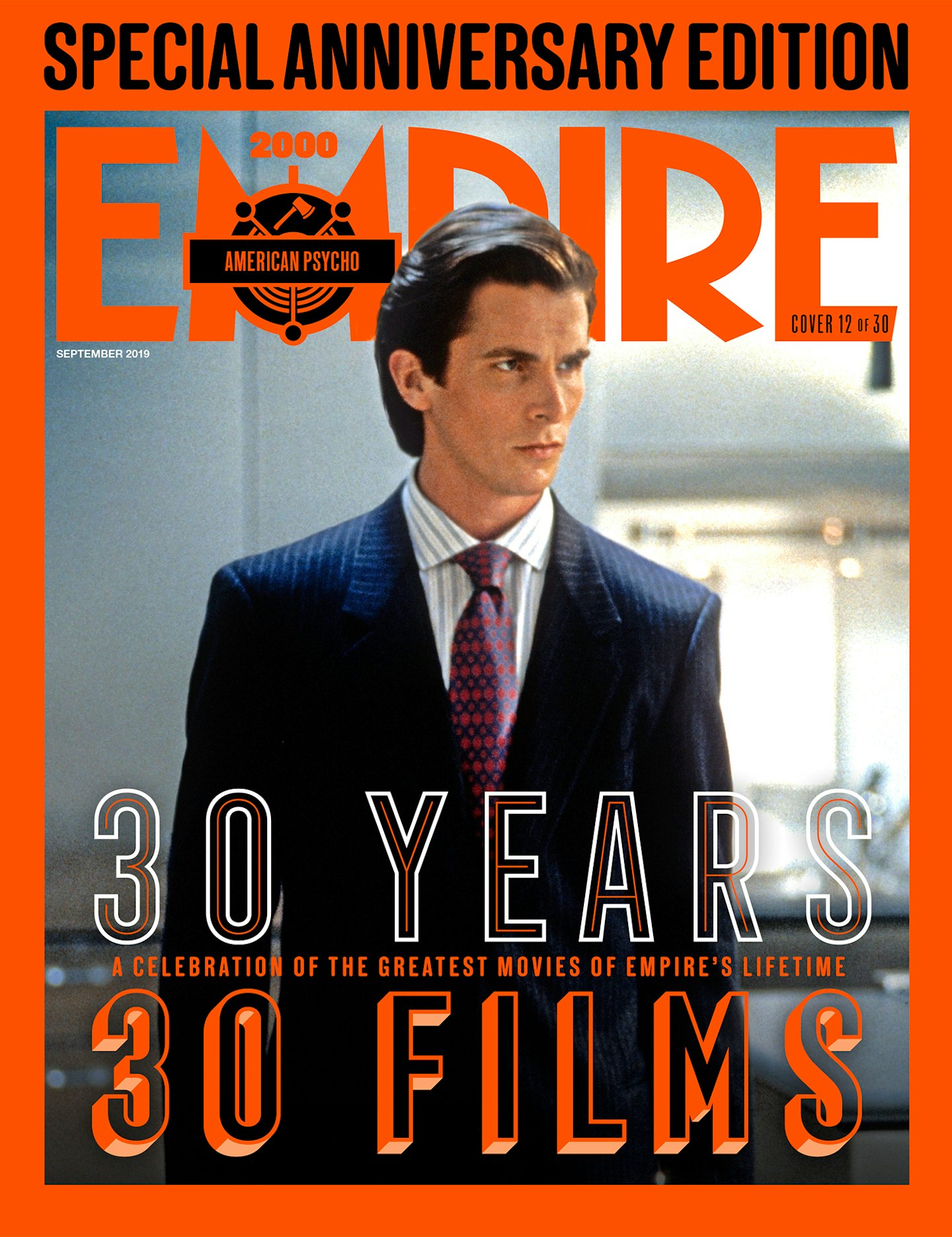 12 of 30
12 of 30#12 – American Psycho
 13 of 30
13 of 30#13 – The Lord Of The Rings: The Fellowship Of The Ring (Peter Jackson, 2001)
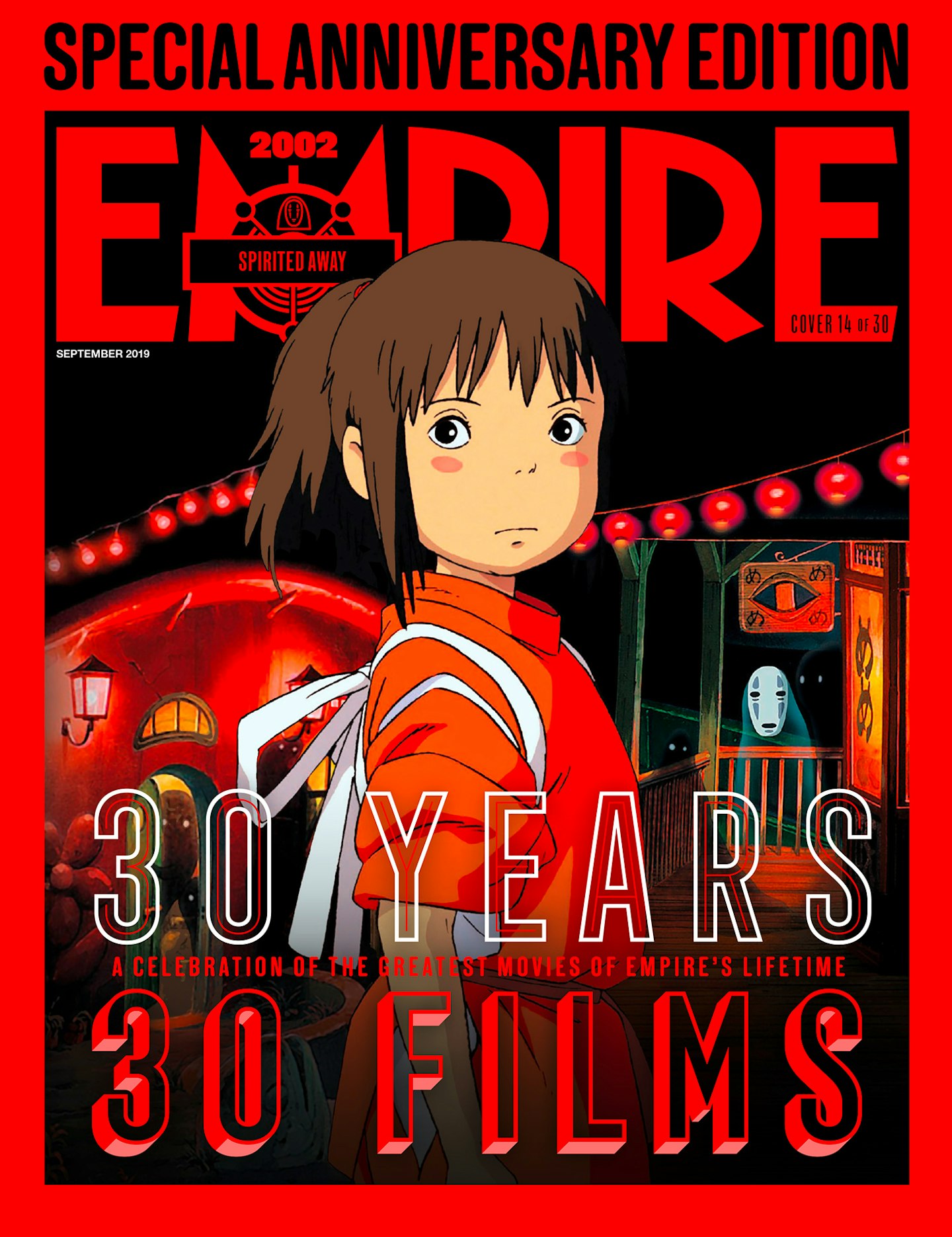 14 of 30
14 of 30#14 – Spirited Away
 15 of 30
15 of 30#15 – Lost In Translation (Sofia Coppola, 2003)
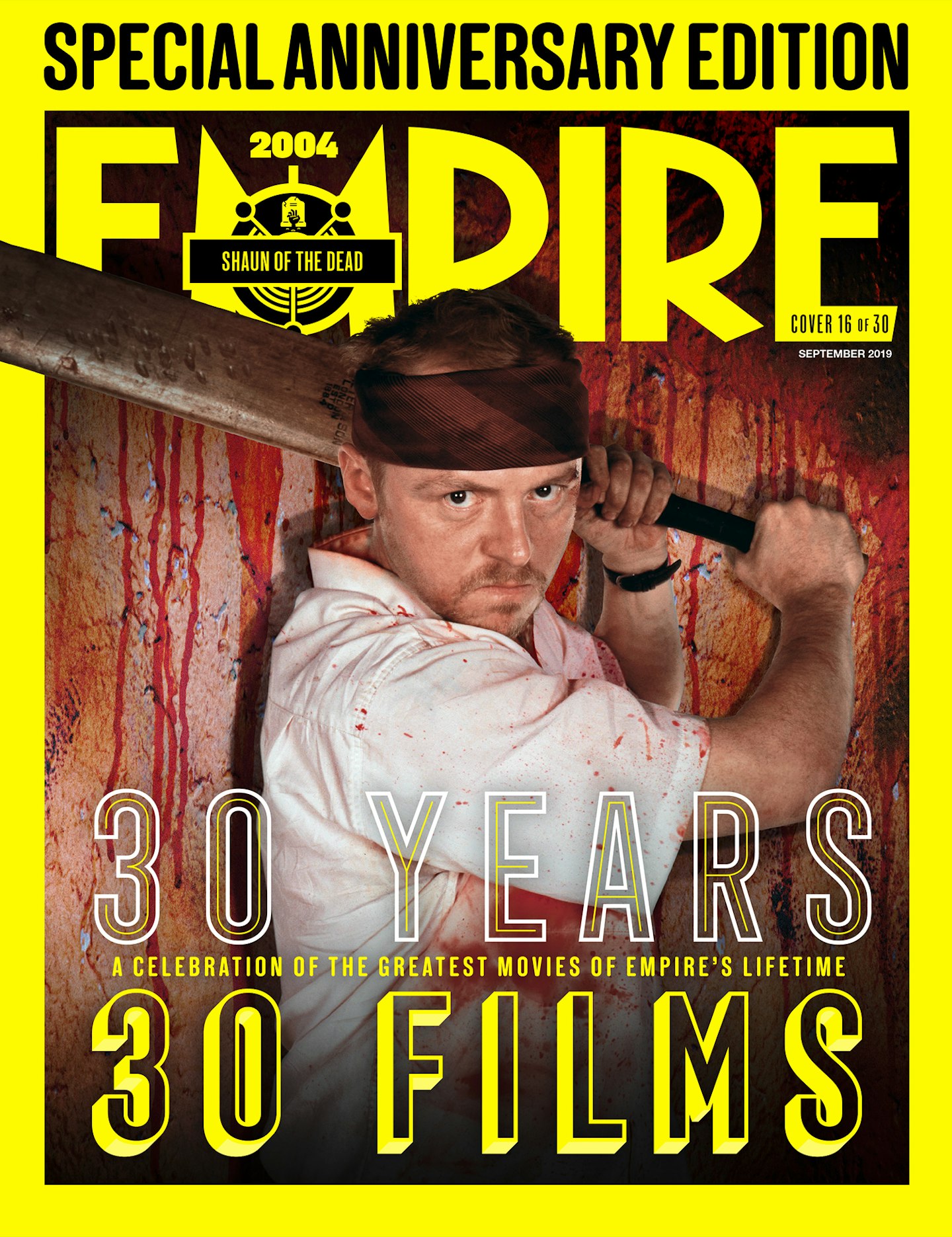 16 of 30
16 of 30#16 – Shaun Of The Dead (Edgar Wright, 2004)
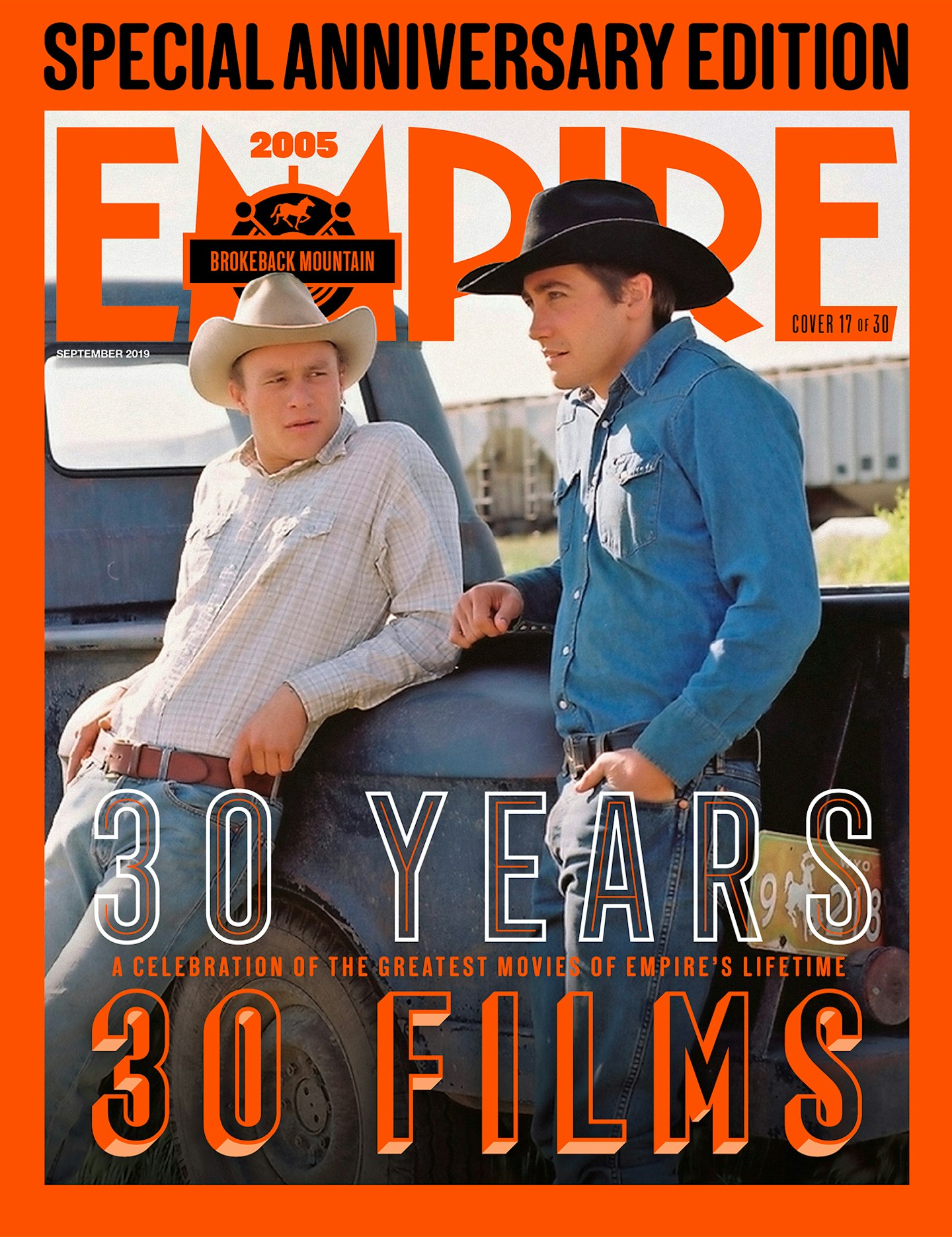 17 of 30
17 of 30#17 – Brokeback Mountain (Ang Lee, 2005)
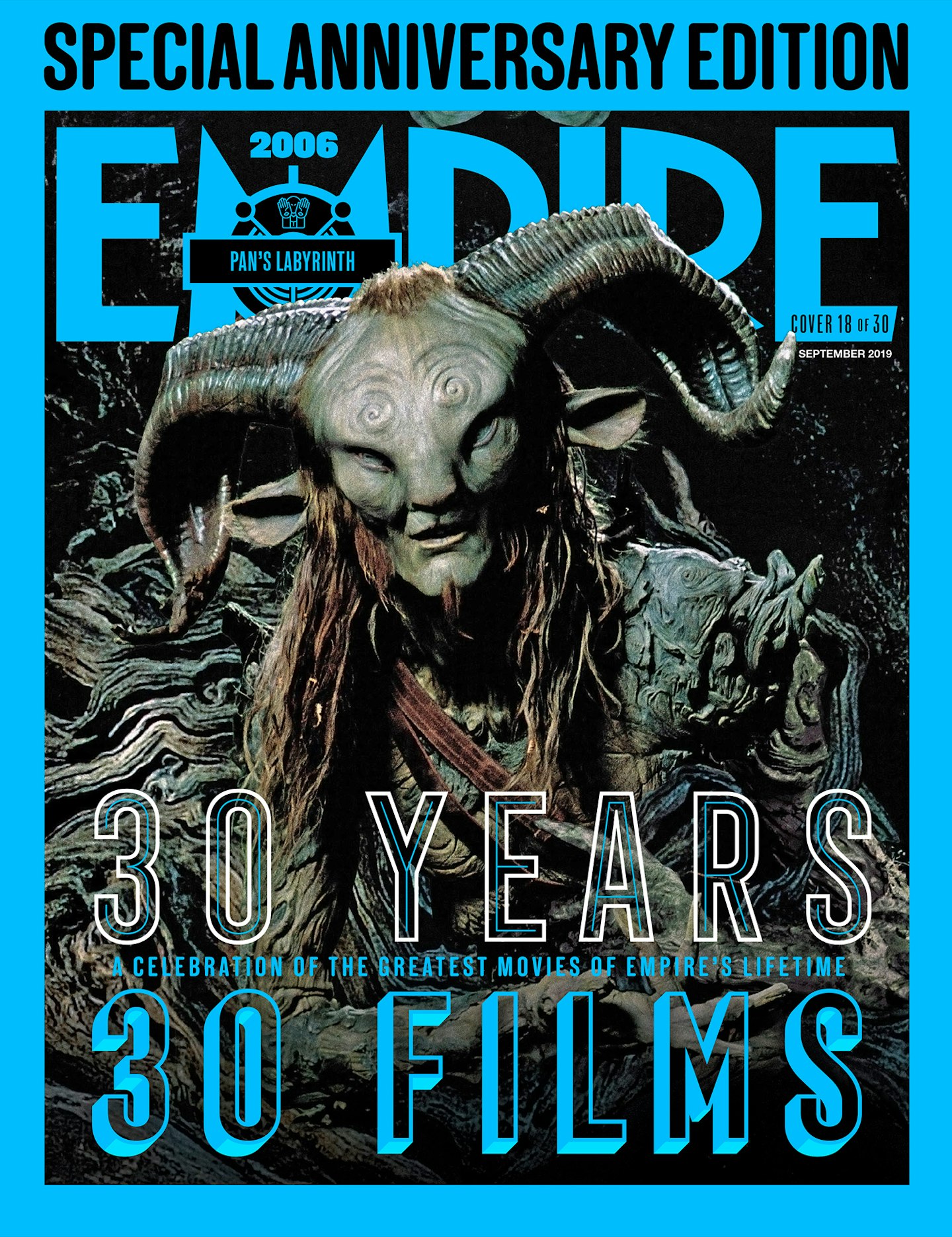 18 of 30
18 of 30#18 – Pan's Labyrinth (Guillermo del Toro, 2006)
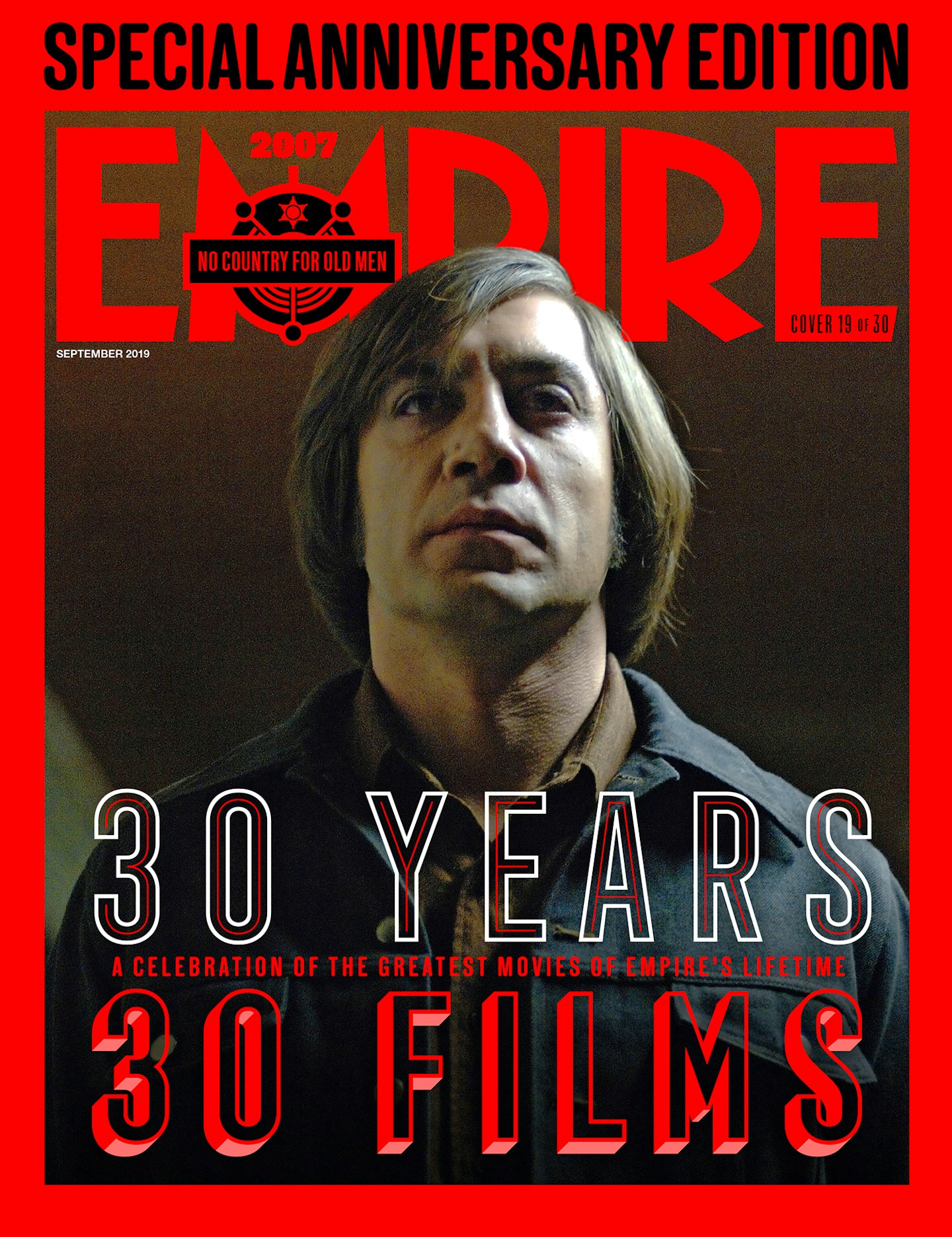 19 of 30
19 of 30#19 – No Country For Old Men (The Coen Brothers, 2007)
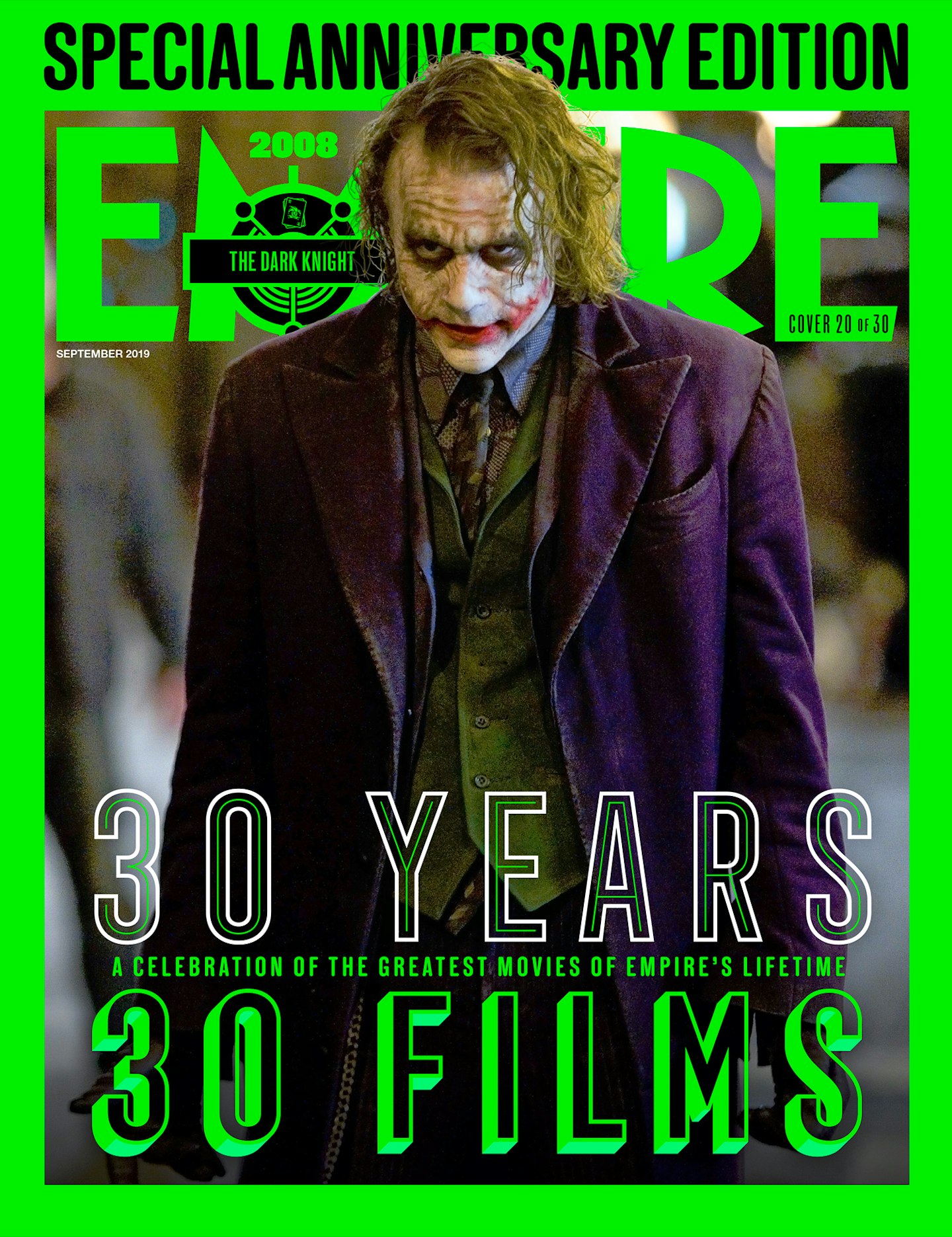 20 of 30
20 of 30#20 – The Dark Knight (Christopher Nolan, 2008)
#21 – Avatar (James Cameron, 2009)
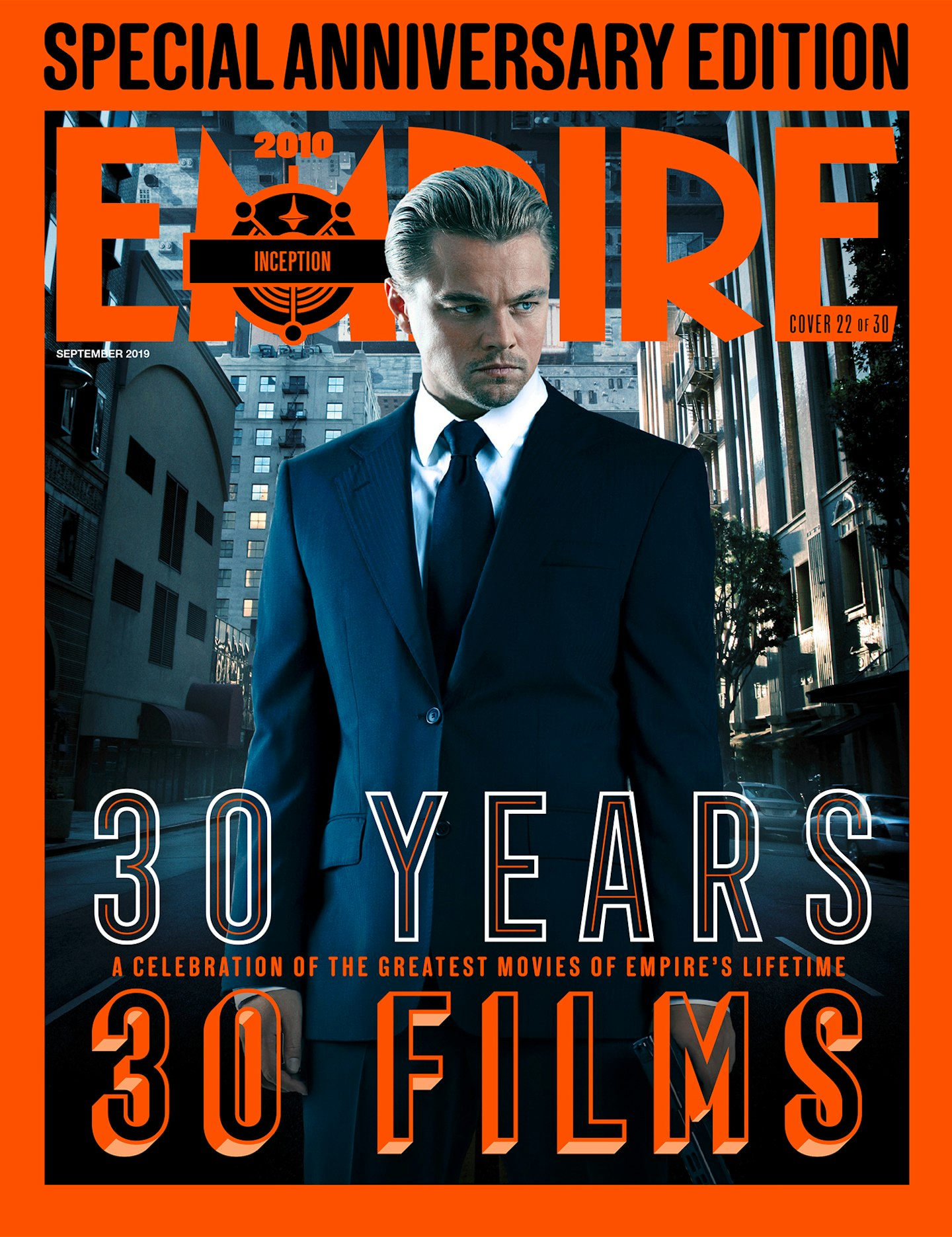 22 of 30
22 of 30#22 – Inception (Christopher Nolan, 2010)
 23 of 30
23 of 30#23 – Bridesmaids (Paul Feig, 2011)
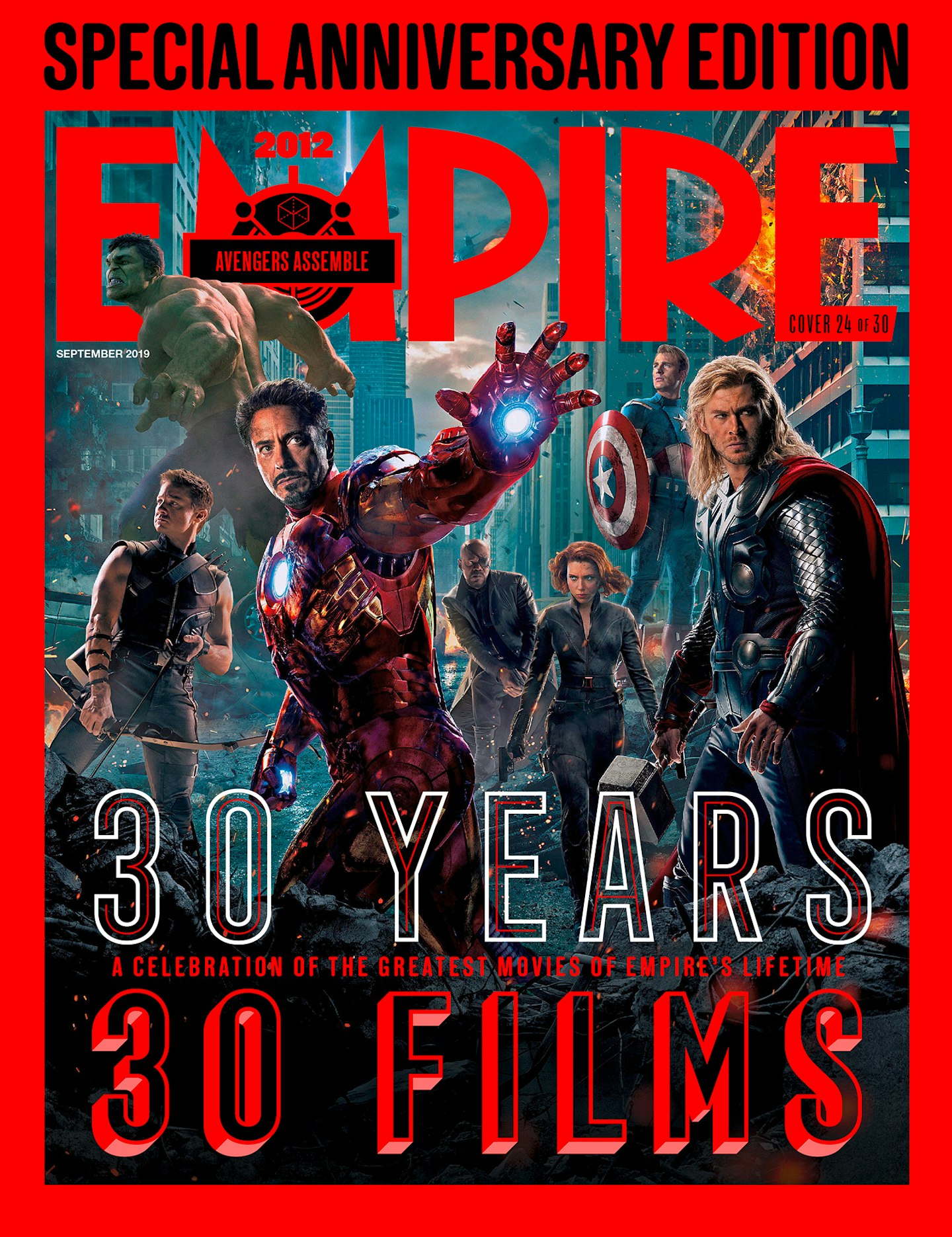 24 of 30
24 of 30#24 – Avengers Assemble (Joss Whedon, 2012)
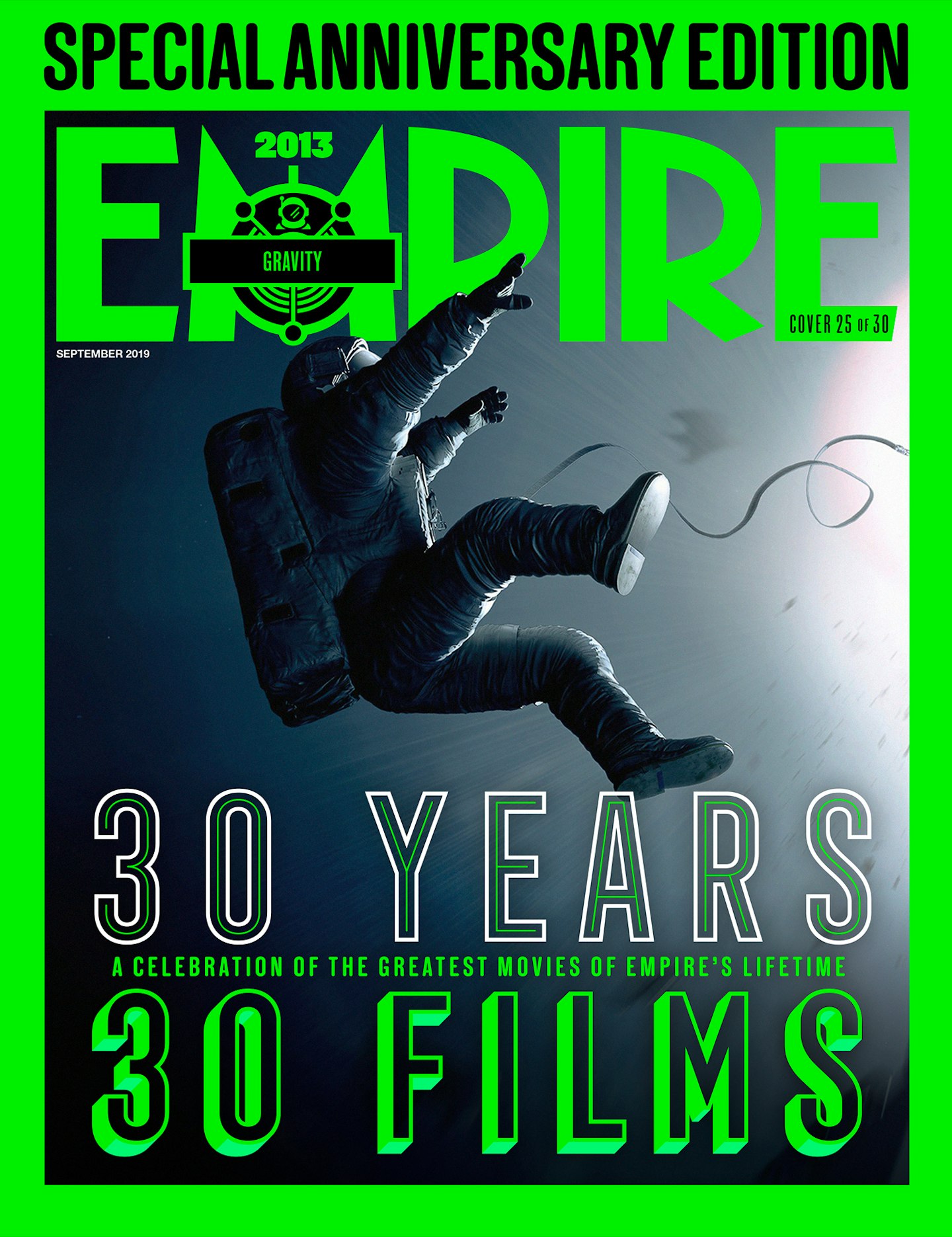 25 of 30
25 of 30#25 – Gravity (Alfonso Cuaron, 2013)
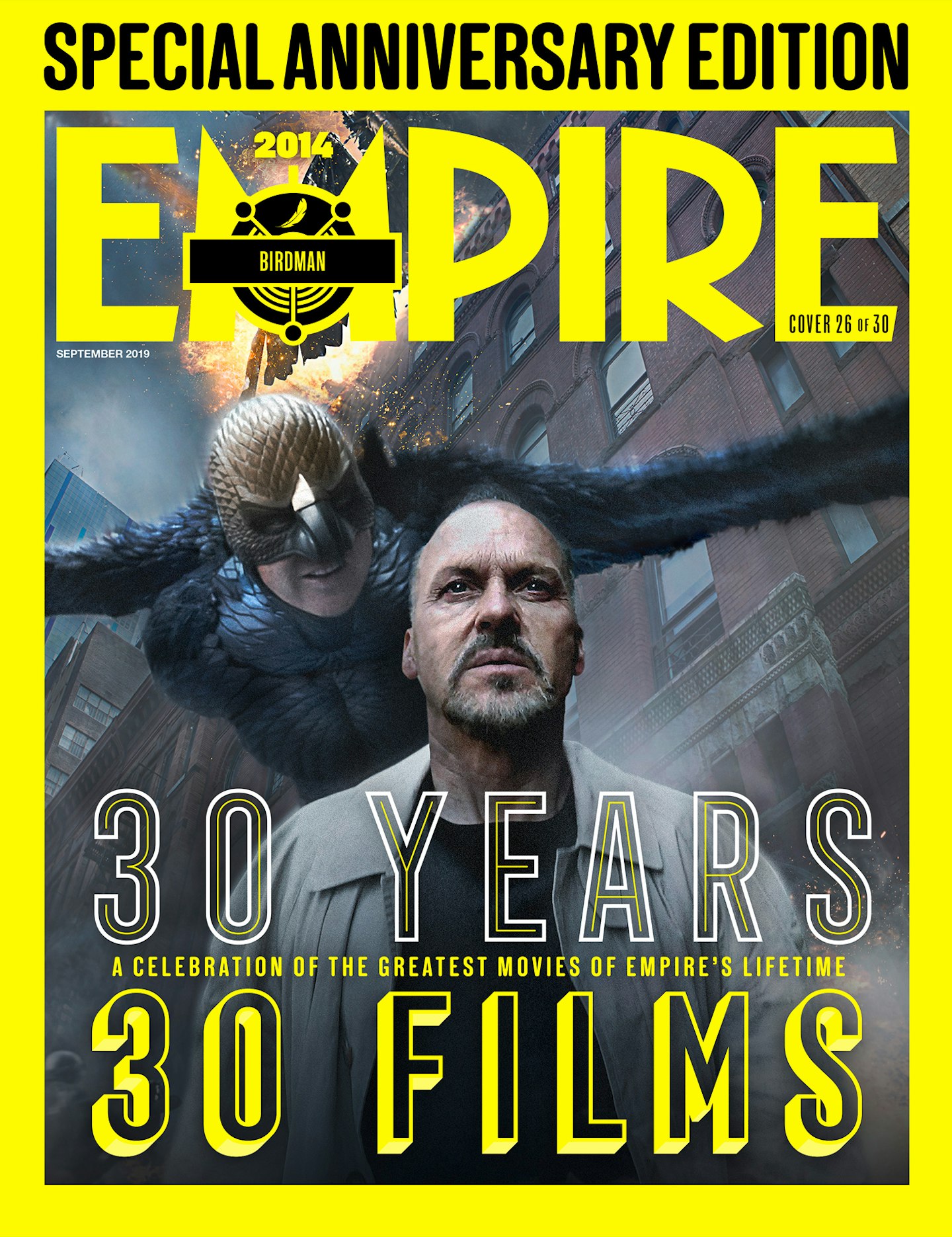 26 of 30
26 of 30#26 – Birdman (Alejandro González Iñárritu, 2014)
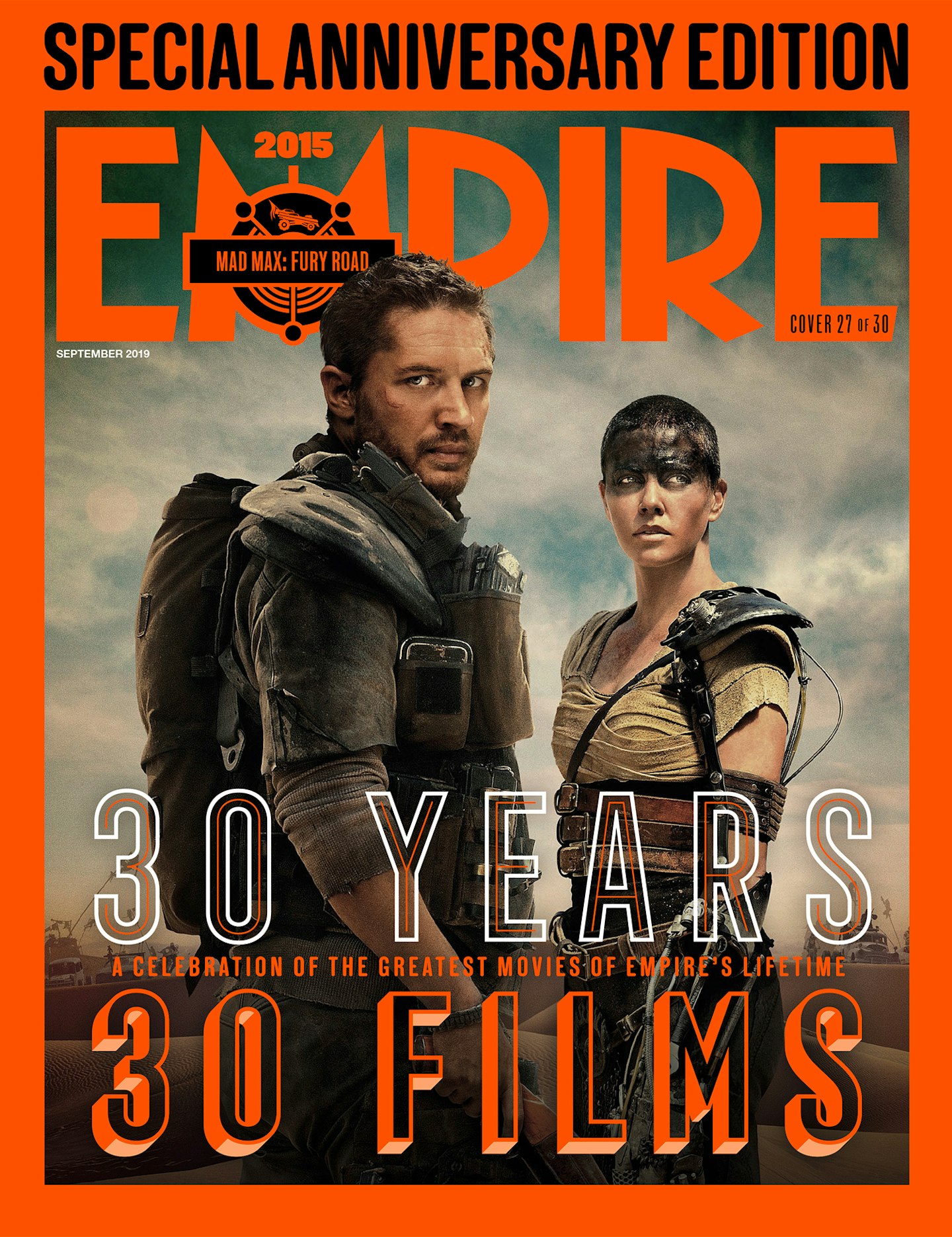 27 of 30
27 of 30#27 – Mad Max: Fury Road (George Miller, 2015)
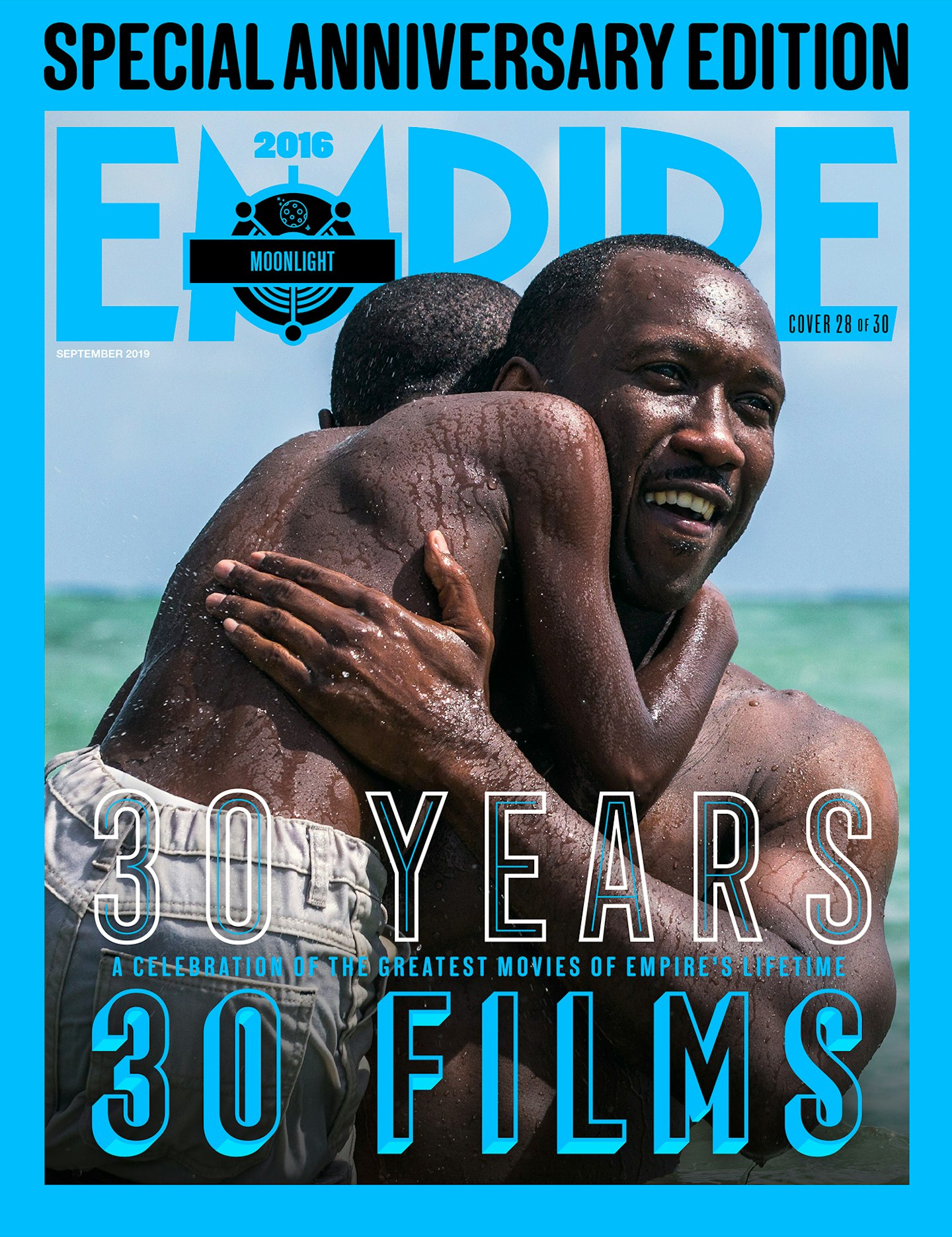 28 of 30
28 of 30#28 – Moonlight (Barry Jenkins, 2016)
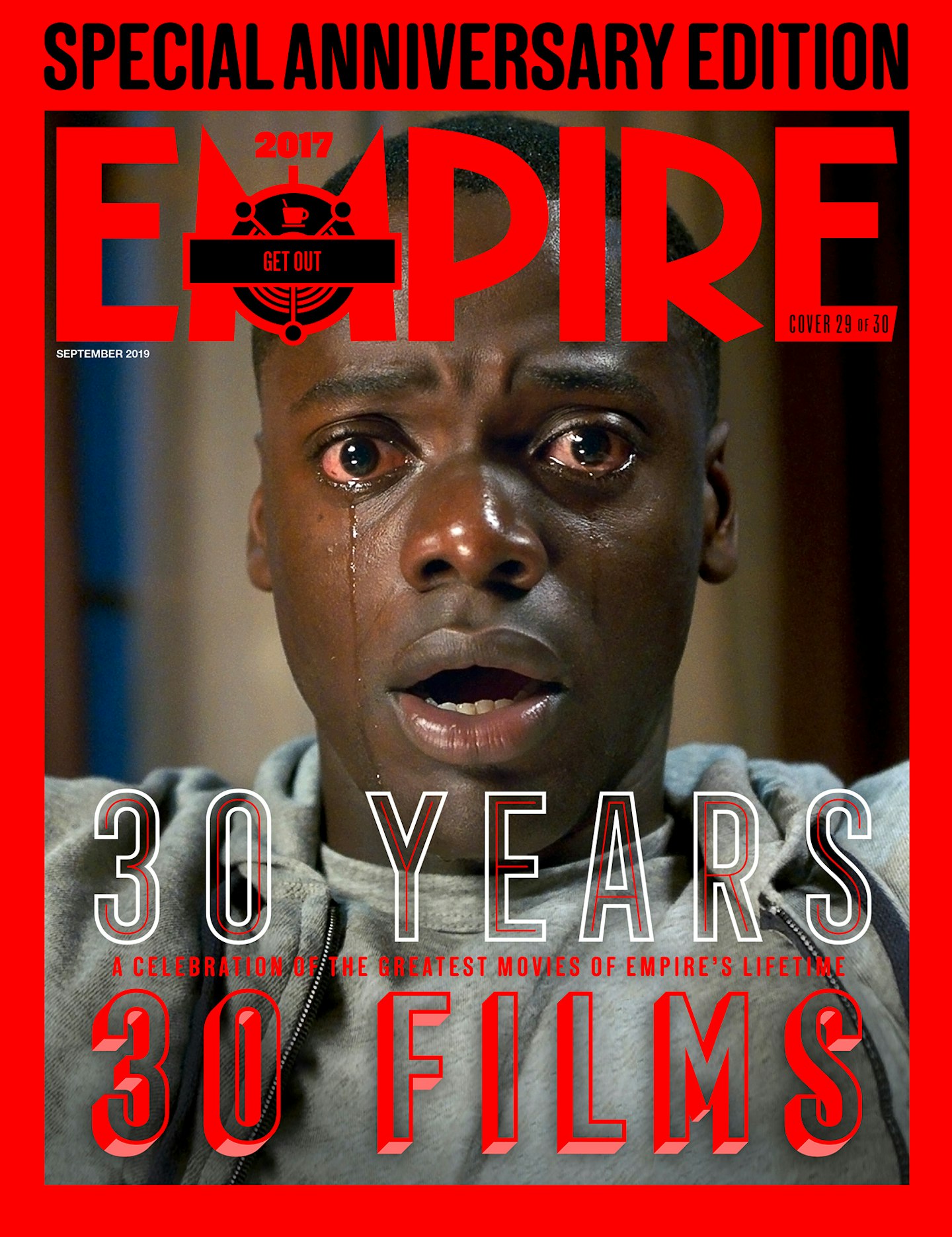 29 of 30
29 of 30#29 – Get Out (Jordan Peele, 2017)
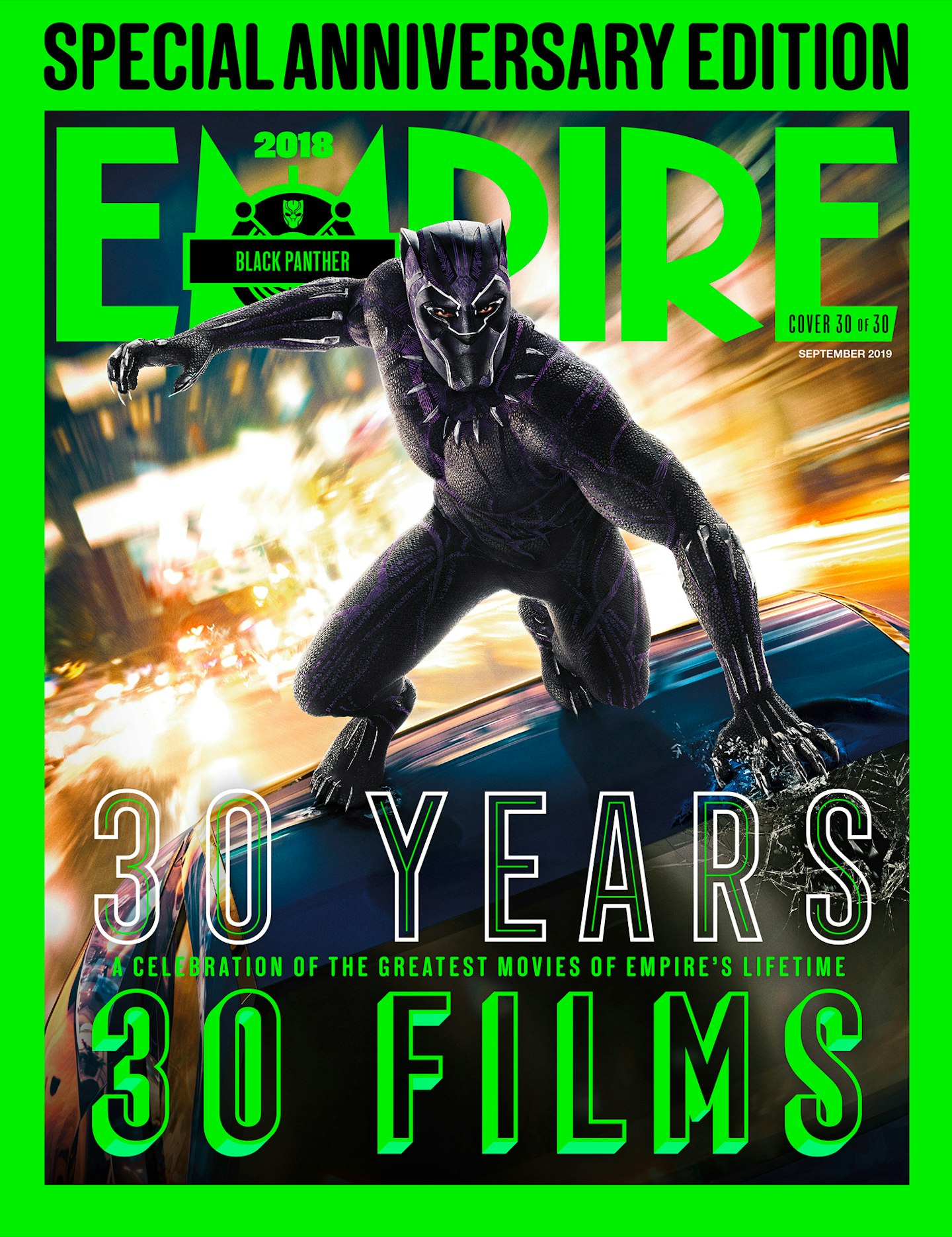 30 of 30
30 of 30